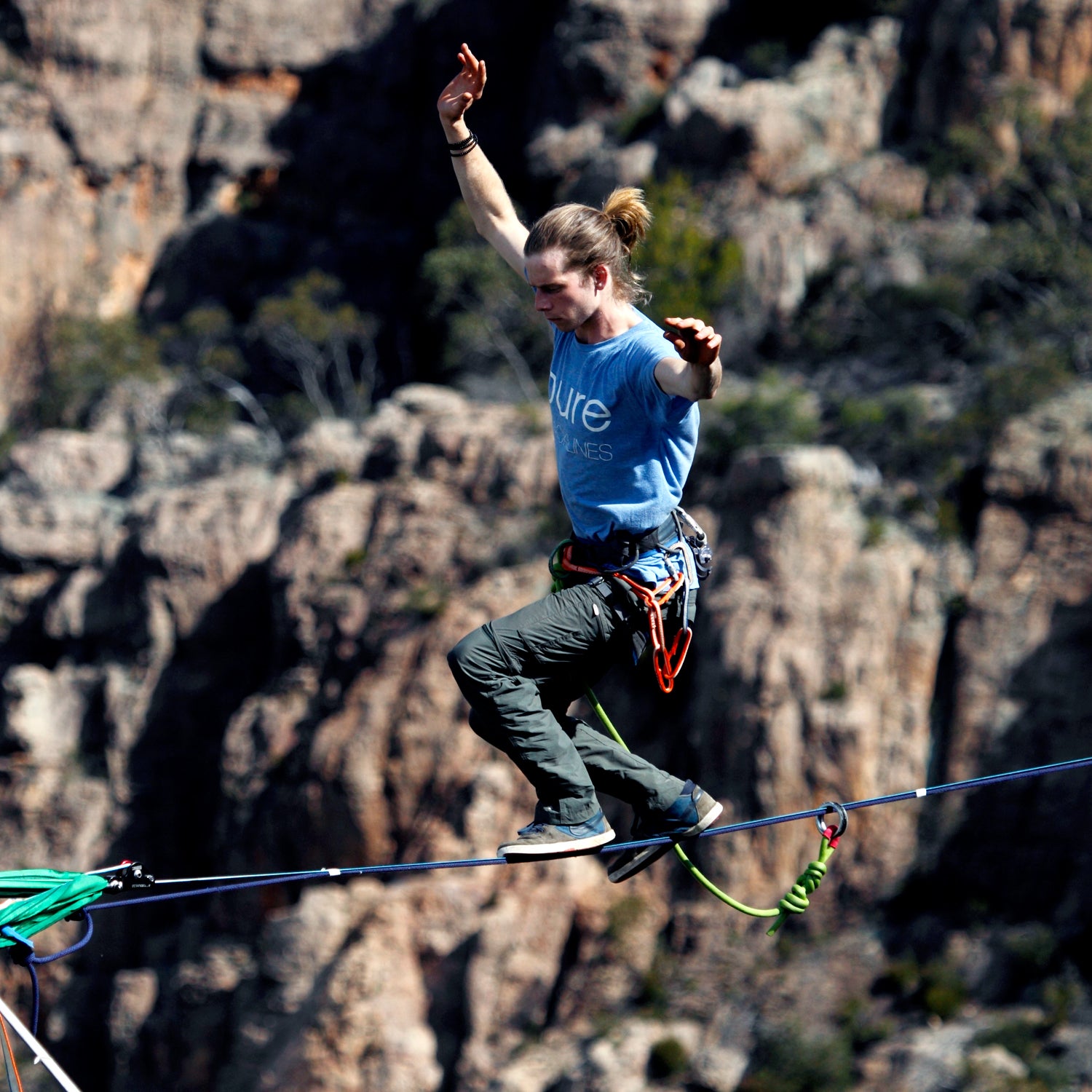So you want to learn how to improve hand-eye coordination? First, get an eye exam and make sure your eyesight is as good as it can be, says Fraser Horn, OD, an instructor of Sports and Recreational Vision at Pacific University, Oregon. “The better the input, the better the output,” he says. And contrary to popular belief, your goal shouldn’t be 20/20 vision. It should be better.
“We want our athletes to see 20/15 or better,” he says. “If you’re playing an action sport, you should see better than the average person, because that’s going to help reduce your reaction time.” If you’re not there, new glasses or contacts may give you a big boost in hand-eye coordination immediately.
Next, you’ll want to practice drills that improve your central and your peripheral vision, as well as your ability to react quickly and accurately to what you’re seeing. “Your goal is to strengthen those neuromuscular pathways between your eyes, your brain, and your reflexes,” says Horn, “so that eventually you can go straight from input to output, without taking time to think things through.”
How to Improve Hand-Eye Coordination: Daily Drills
Play Catch
To improve central vision, Horn recommends tossing a tennis ball against a wall and practicing catching it with one hand, and then the other. (It works for Darrelle Revis!) Playing a fast-paced game of catch with a partner can be a great way to boost eye-hand skills, too.
Take it to the pro level by using several balls at once, and put a small dot of color, or a letter or number, on each. Pick up the balls at random and toss them one after another. As they’re coming back toward you, try to pick out which ball is which. “This doesn’t so much help your hands move any differently, but it trains your eye to pick up on details more quickly, which may help you when you’re out on the field,” says Horn. “It slows down the game a bit and helps you make better decisions.”
You can also use catch to improve your peripheral vision. Instead of tossing balls directly at you, your partner should throw them overhead or slightly to your left or right. You’ll miss a lot at first, but as your brain adapts, you’ll get faster.
“In sport, we’re pretty driven by our peripheral awareness, whether it’s eye-hand, eye-foot, or eye-body,” Horn says. “If you’re playing ice hockey and you’re aware that you’re about to get smashed into the boards, for example, you can prepare for it by shifting your body so you don’t hit so hard.”
Learn to Juggle
For even better mastery of what’s in your peripheral field, look up a ╠řand practice juggling with three beanbags or Hacky Sacks.
“When you’re juggling, you’re actually looking up to the upper point where the balls cross and your brain is making decisions on where your hands need to move based on that,” Horn says. “There’s really no better way to train your eye-hand coordinationÔÇöwe teach it to all of our athletes, from middle schoolers up to professionals.”
Once you get the hang of that, add in some distractions. “As these drills get easier for athletes, we increase the challenge by putting them on a balance board or asking them math questions,” says Horn. Even having a TV or radio on in the background can help simulate real-life situations in which you’re inundated with stimuli from every direction.
Exercise Your Eyes
Another important part of how to improve hand-eye coordination is the ability to switch your focus quickly between things close to you (like a defender bearing down on you) and far away (like a teammate sending a pass across the field). And you can actually improve this skill by spending a few minutes per day on a simple near-far drill, says Josh╠řSandell, DC, a sports medicine specialist and conditioning coach.
Take two similarly-sized, detailed╠řobjectsÔÇölike playing cards, book covers, or magazinesÔÇöand place one about 18 inches away from you and the other about 10 feet away. Focus on the nearer object for five seconds, studying as many details as you can, then switch to the far object. Switch back and forth for a minute or two, each time trying to notice new details.
You can also do similar eye exercises with two objects at the same distance, one to your left and one to your right, to encourage quick shifting of focus from side to side, says Sandell.
Stay Conscious While You Play
Eye-hand coordination probably isn’t something you think about consciously when you head out for a pick-up game or a workout, but it should be, says Sandell. He cites a well-known study about basketball players who improved their free-throw percentage by 22 percent by using a ÔÇöessentially, focusing on the hoop’s front rim for at least one second before shooting.
“This kind of focus can be incorporated during any form of athletic movement, but it’s got to be consciousÔÇöat least at first, until it becomes second-nature and you don’t realize you’re doing it,” says Sandell.
Finally, finding ways to calm your nerves╠řbefore an athletic performance may benefit your coordination, especially if you’re worried about choking under pressure. And don’t forget about eye-foot and eye-body coordination, which are equally (if not more) important in many sports. Practicing balance and agility drills, and engaging in fast-paced, constantly changing workouts, are your best training tools on that front.
How to Improve Hand-Eye Coordination: Bottom Line
Eye-hand coordination may seem like something you’re either born with or not, but it can also be a learned skill. For more sport-specific drills and suggestions based on your current abilities, ask your eye doctor or a sports vision specialist. (You can find one using the American Optometric Association’s .)


